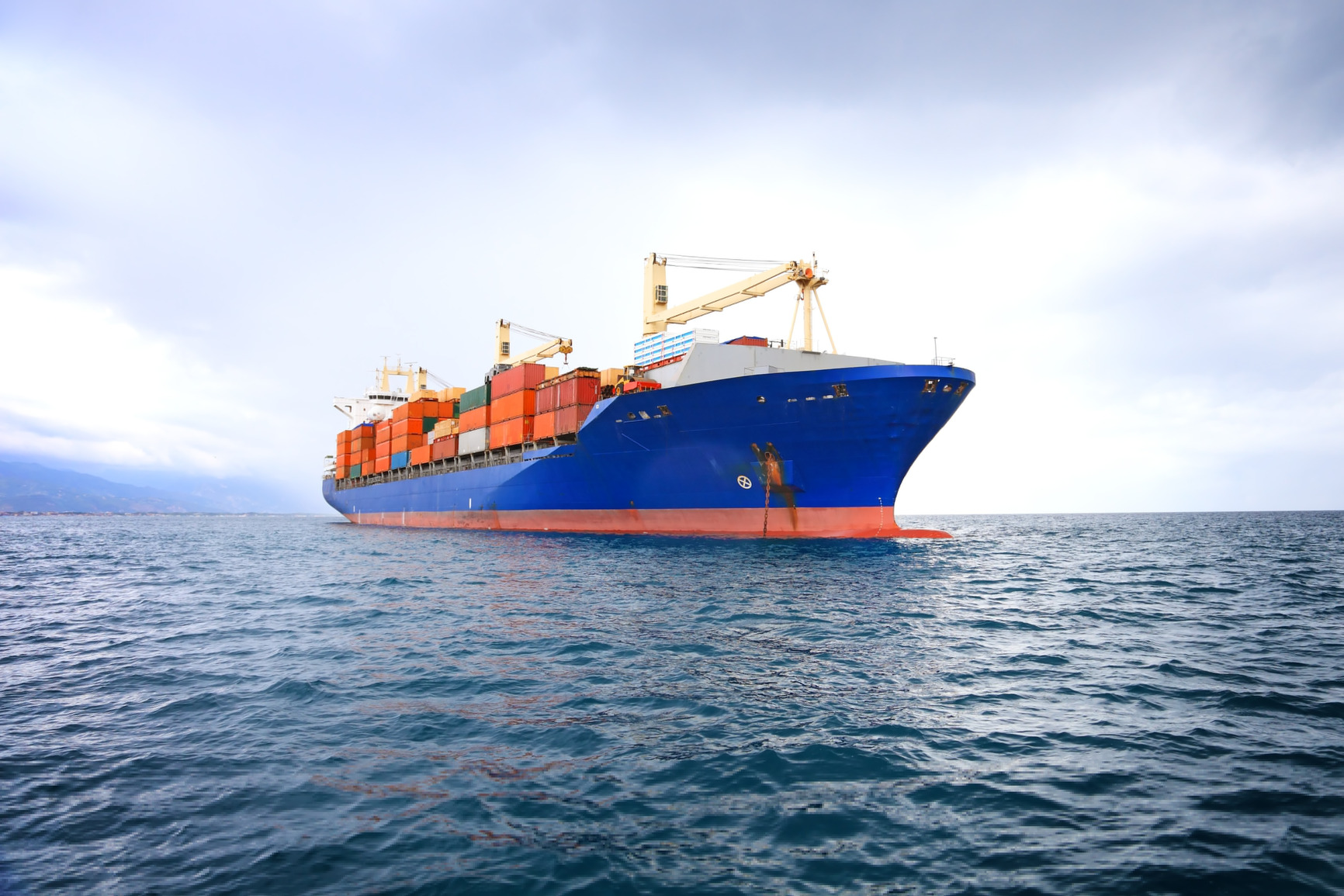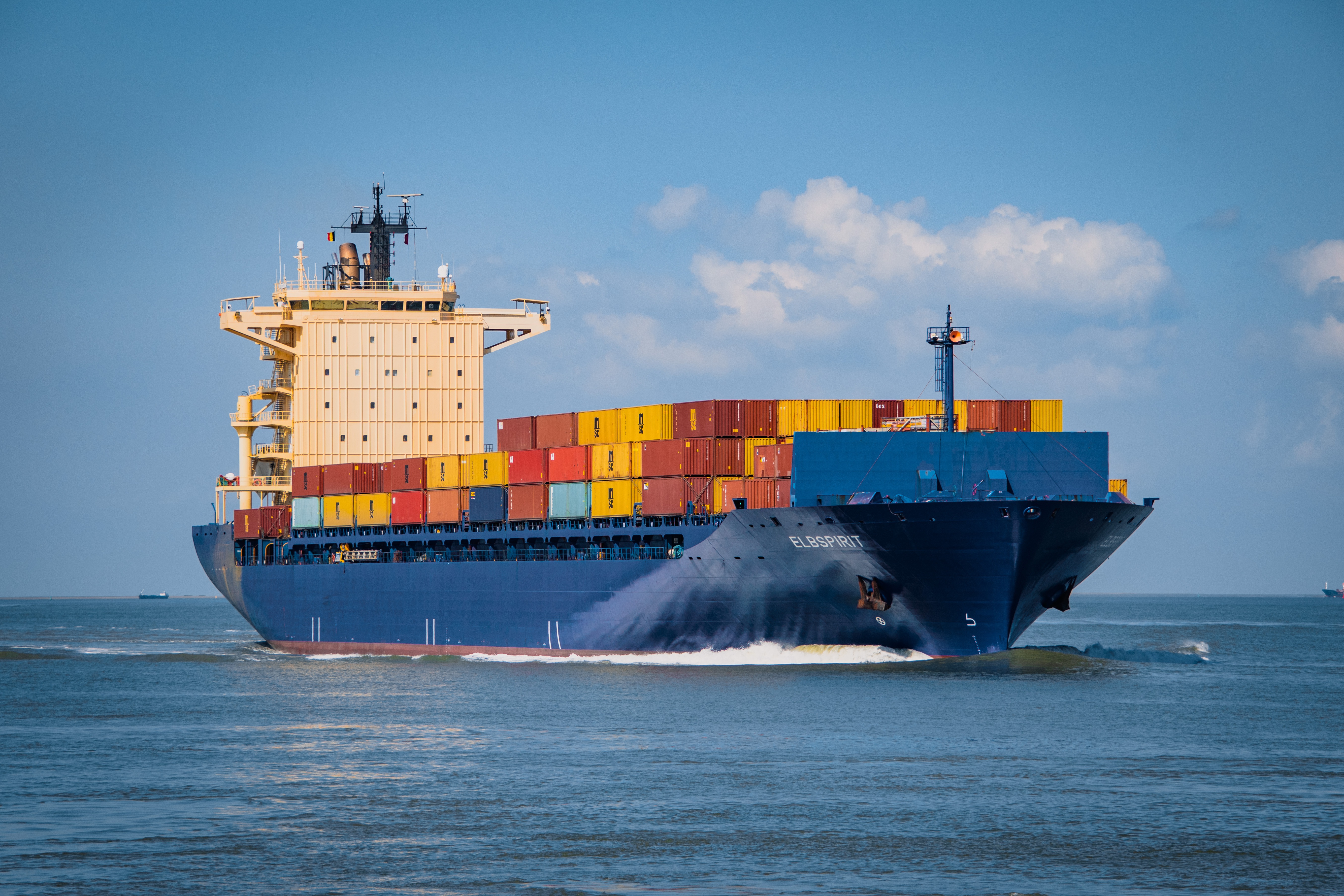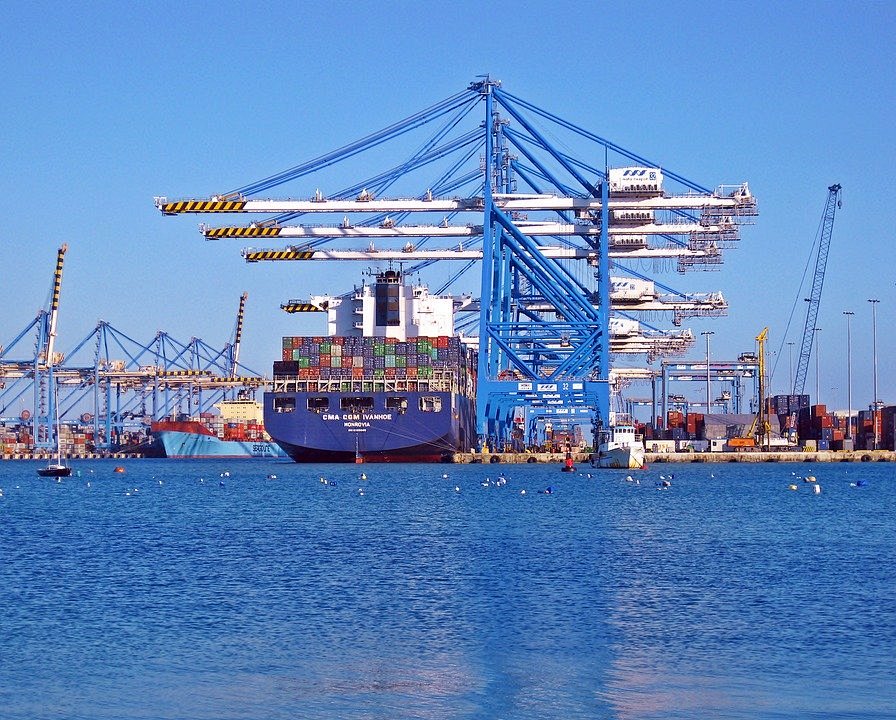There are many key things to pay attention to when conducting international sea freight to ensure the smooth and safe arrival of goods
1. Choose the appropriate mode of transportation
Full Container Load (FCL) and Less than Container Load (LCL)
Port to port and door-to-door service
2. Packaging of goods
Stable packaging
Moisture proof and waterproof
Clearly marked
3. Prepare necessary documents
Commercial Invoice
Packing List
Bill of Lading (B/L)
Certificate of Origin
Insurance Policy
4. Freight insurance
Insurance coverage: It is recommended to purchase freight insurance for sea freight goods to prevent economic losses caused by force majeure factors such as natural disasters, theft, damage, etc.
Insurance type: Choose the appropriate insurance type, such as All Risks, Free from Particular Average (FPA), etc.
5. Customs clearance and document compliance
Destination customs requirements: Understand the customs regulations and document requirements of the destination country, ensure that all documents are prepared and comply with regulations.
Customs duties and taxes: Understand and prepare in advance to pay customs duties, value-added tax, or other related fees.
Compliance inspection: Ensure that the goods and their packaging comply with the import and export standards and regulations of the destination country, and avoid being detained or returned due to non-compliance.
6. Choose the appropriate carrier
Carrier reputation: Choose a reputable and experienced carrier or logistics company to ensure the safe transportation of goods.
Route and delivery time: Understand the carrier's route, arrival time, and transportation time to ensure that the goods arrive on time.
7. Understand the special requirements of ports and destinations
Port situation: Understand the situation of the shipping port and destination port, including port facilities, loading and unloading capacity, customs work efficiency, etc.
Destination requirements: The destination country may have special import regulations or requirements, such as animal and plant quarantine, chemical testing, etc., which need to be prepared in advance.
8. Consider shipping time and seasonal factors
Transportation time: Shipping by sea takes a long time, so it is necessary to arrange the delivery time reasonably to avoid delaying the delivery date.
Seasonal impact: Understand the impact of seasonal factors (such as typhoon season, holidays, etc.) on maritime transportation and take preventive measures in advance.
9. Risk Management
Risk prevention: Understand and evaluate the risks that may be encountered during the sea transportation process, such as loss, damage, and maritime accidents, and develop corresponding emergency measures.
Cargo tracking: Use modern logistics technologies such as GPS tracking and online freight management systems to monitor the transportation status of goods in real time.
10. Receipt and distribution of goods at the destination
Unloading arrangement: Arrange the unloading, warehousing, and distribution matters at the destination in advance to ensure that the goods can be quickly cleared and delivered to the final destination after arrival.
Inspection and Confirmation: Timely inspect the goods upon receipt, confirm that they are in good condition, and handle any possible issues properly.
By following these precautions, international maritime logistics can be better managed and executed, ensuring the safe and timely arrival of goods at their destination, and reducing potential risks and losses.












